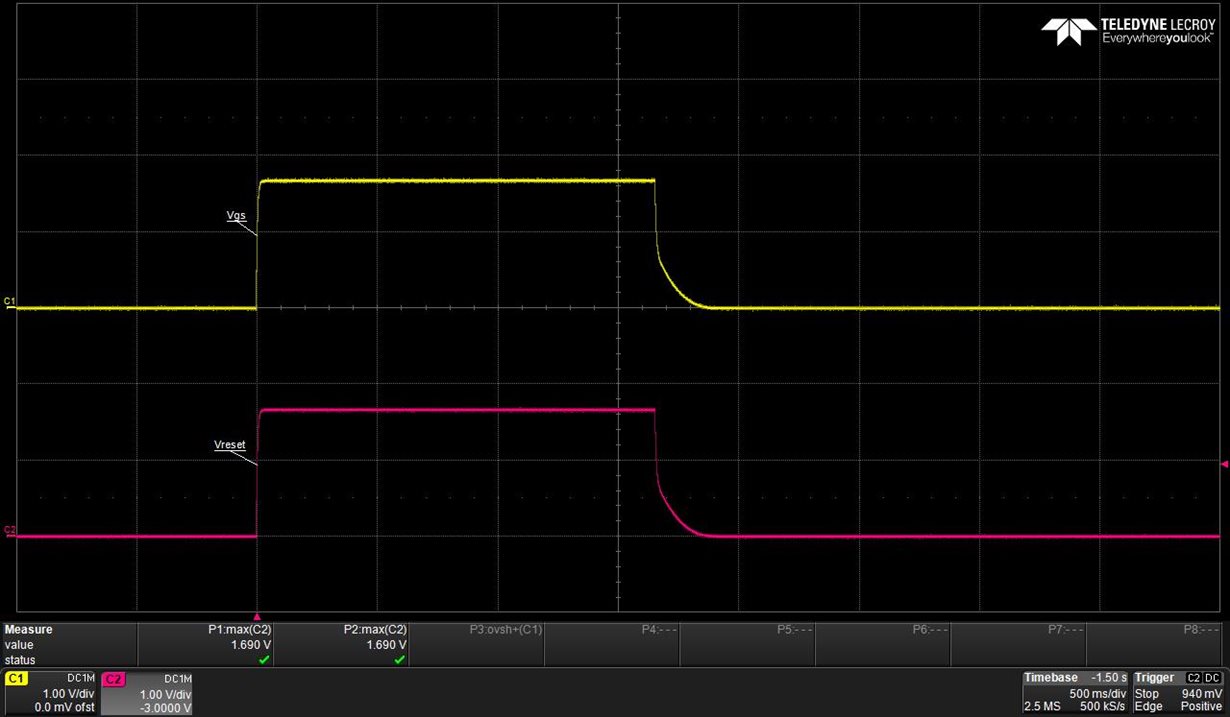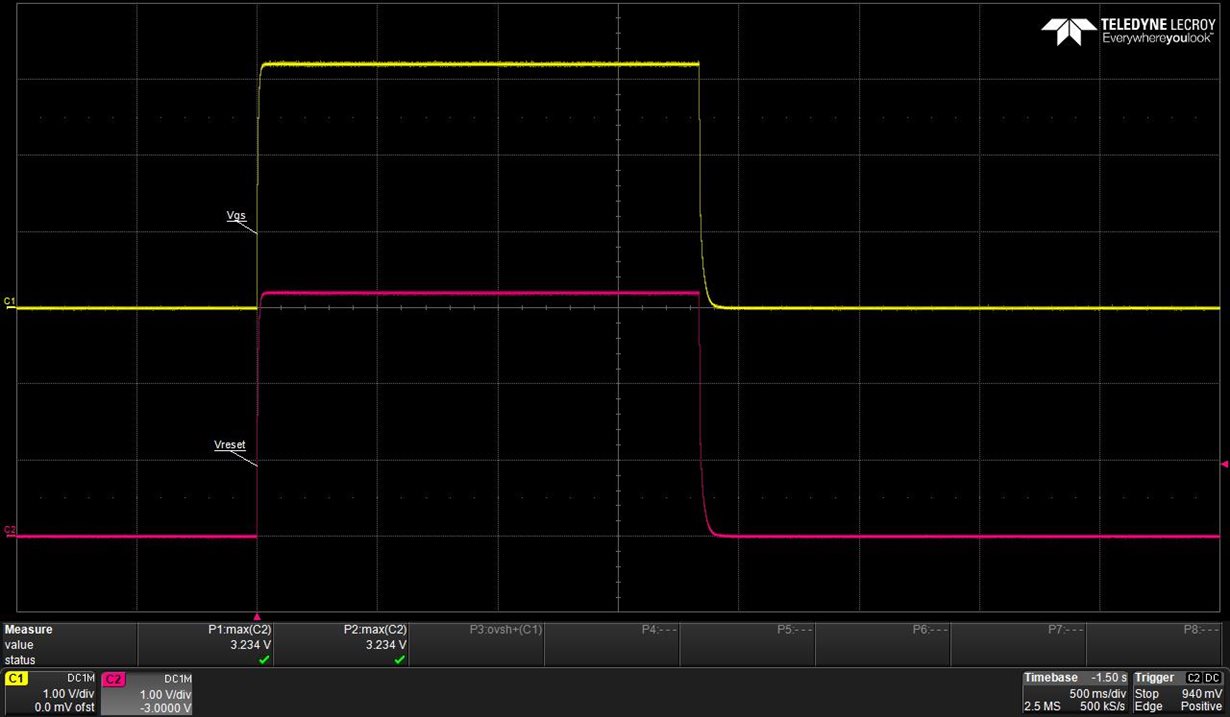We have an issue with the MSP430G2433. When its Vcc voltage is slowly decreasing (it is driven by a 3.3V LDO which follows its input voltage, coming from a slowly discharging battery), if we get into deep discharge (i.e., the input to the LDO goes under 1.7V or so), in the MCU-Vcc 1.5-1.6V range the MCU does NOT reset when we get back to increasing the MCU-Vcc (via charging the battery). This is not happening on all the MCUs some of them get POR if we increase Vcc to 3.3V and hold it for an hour at that Vcc.
Can we reset MCU by driving Reset pin low? Currently RESET pin is externally pulled up to Vcc.
I am using watchdog timer to reset MCU when it reaches below 1.8V but seems like its not working either.
Please suggest some solutions.




